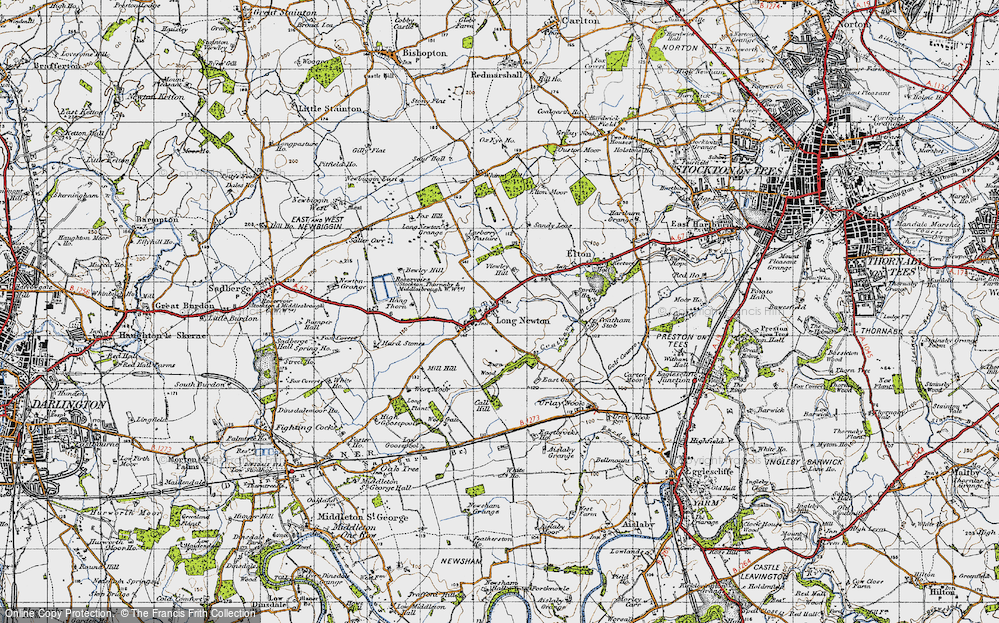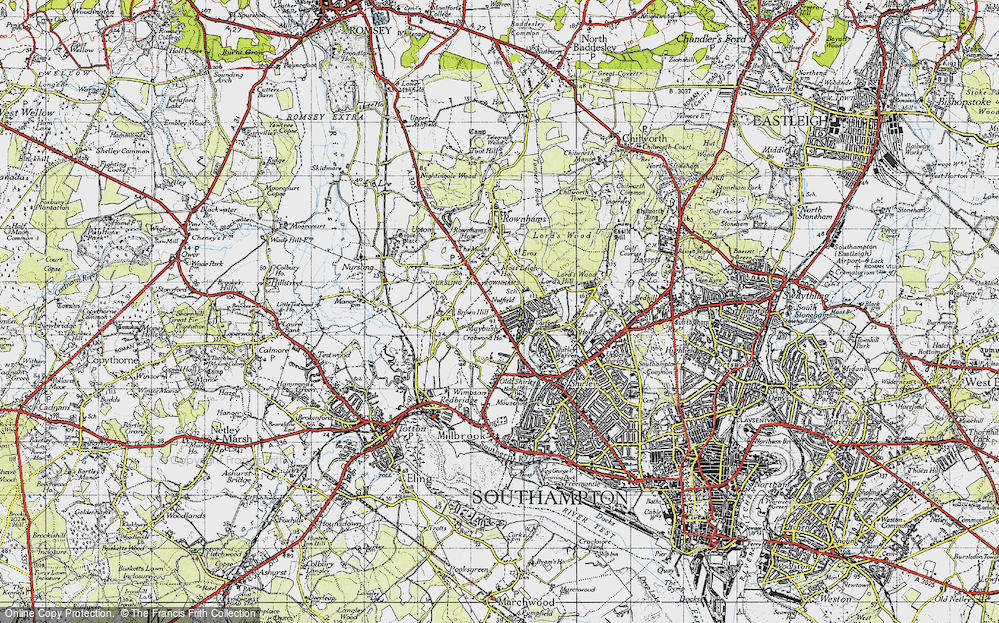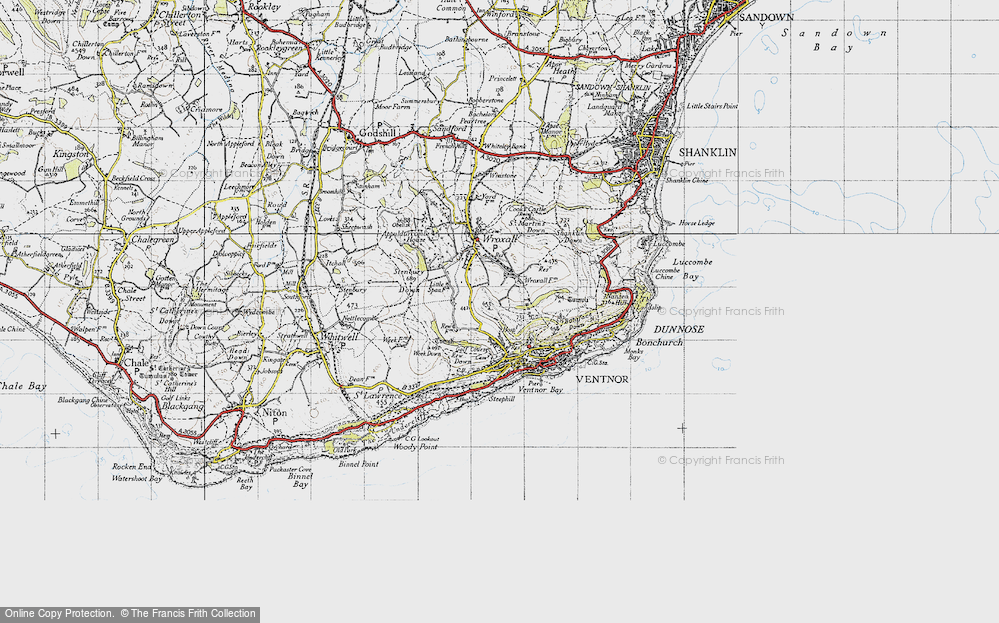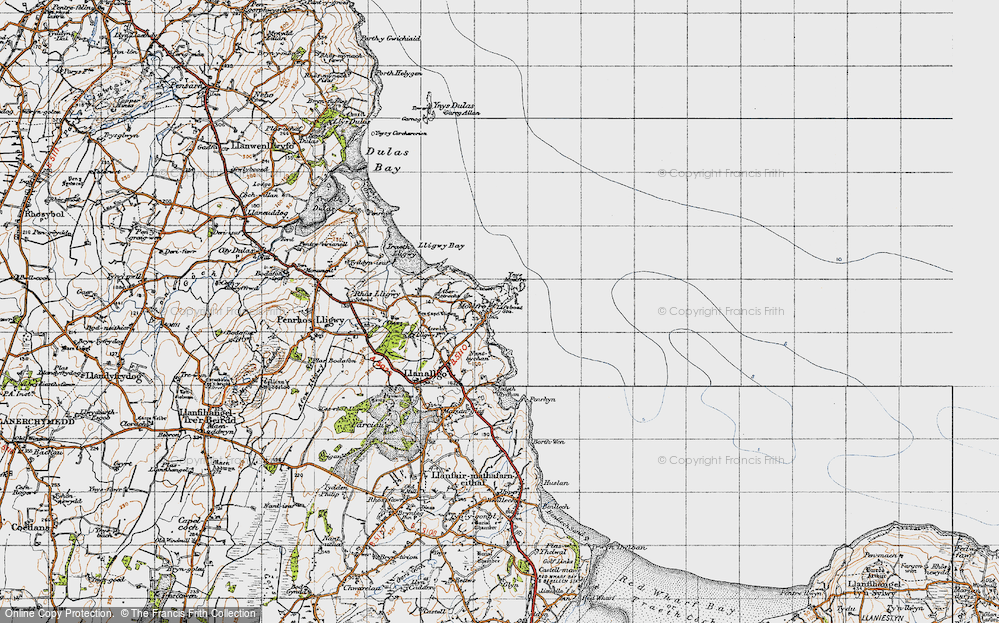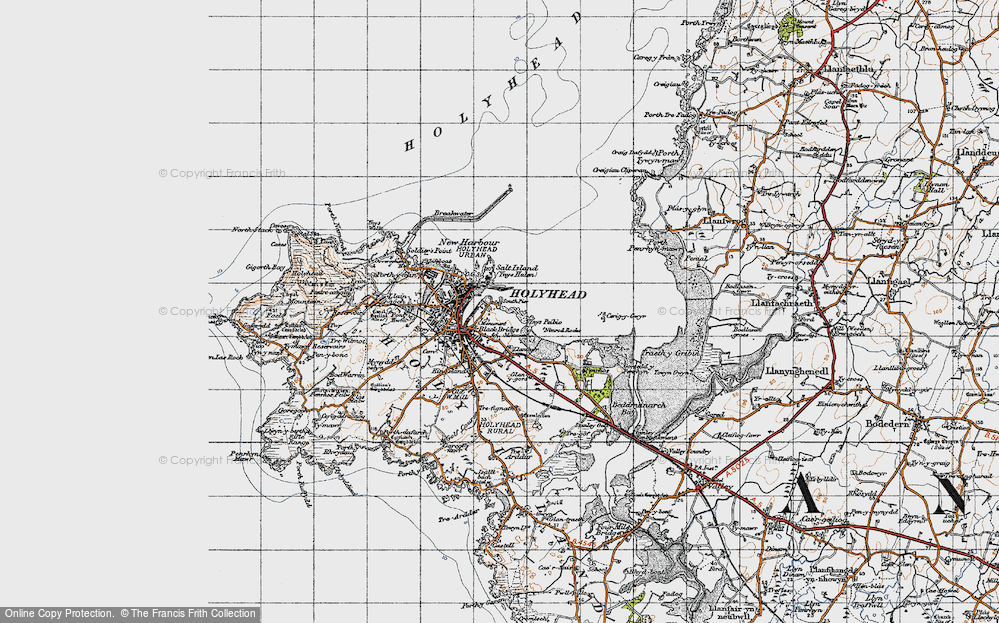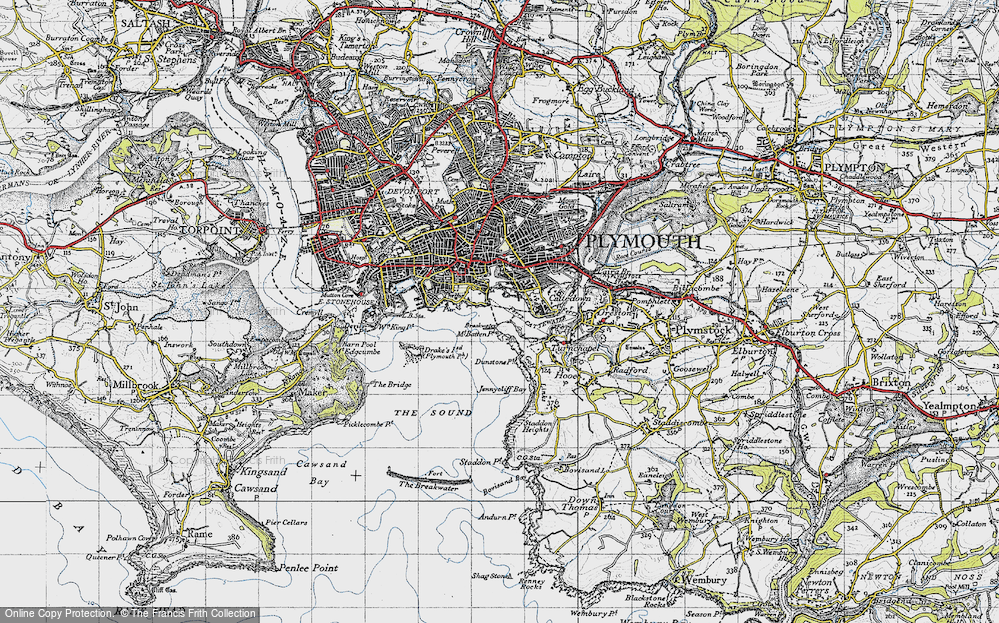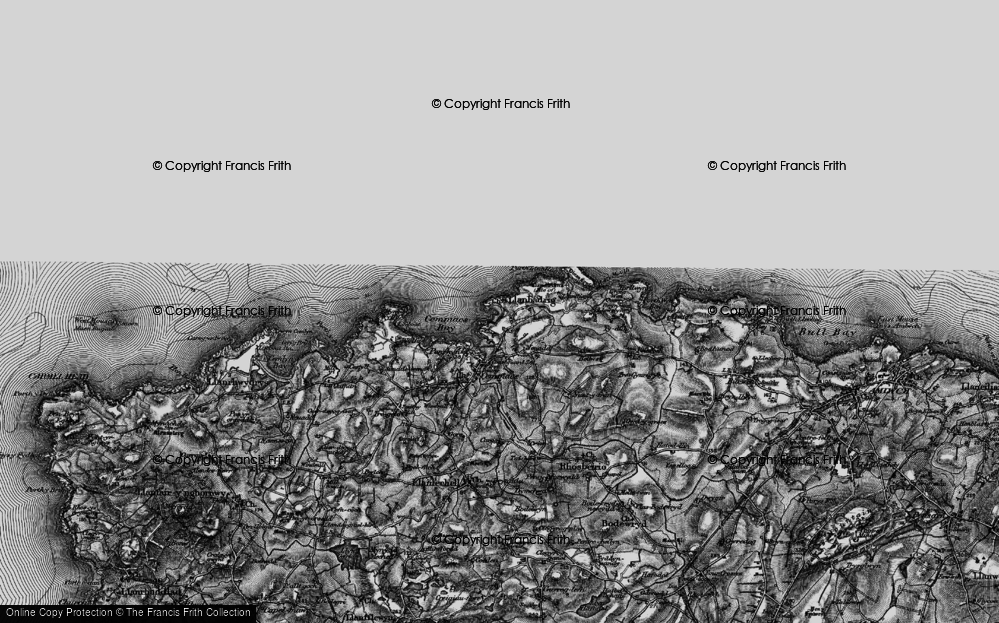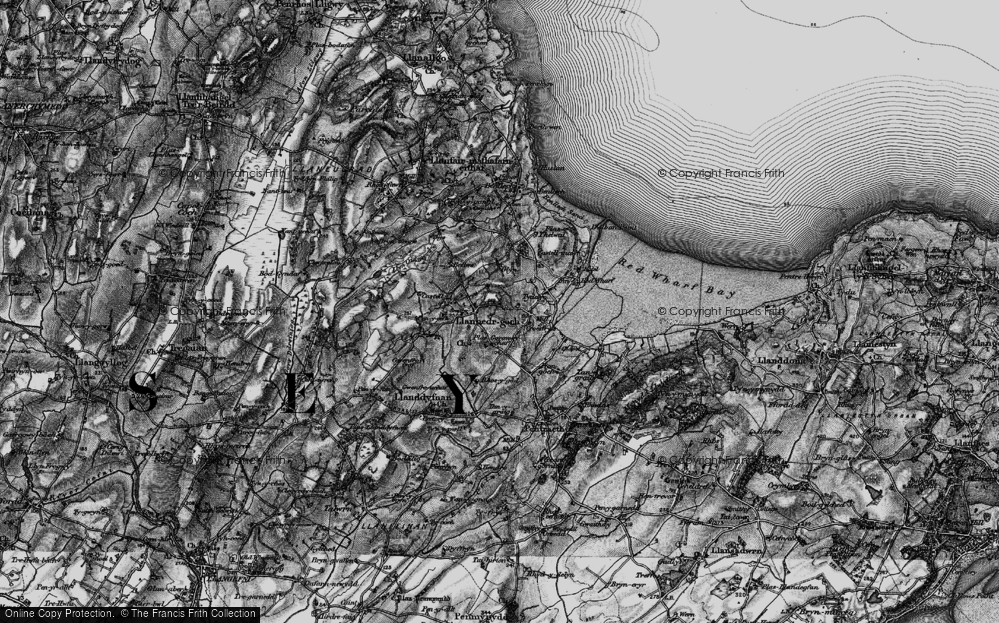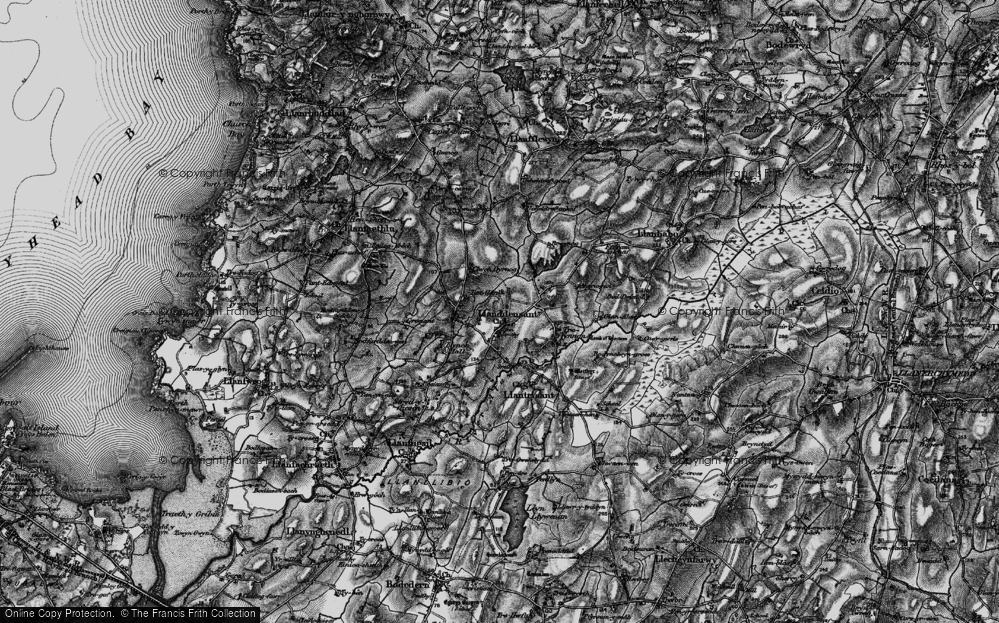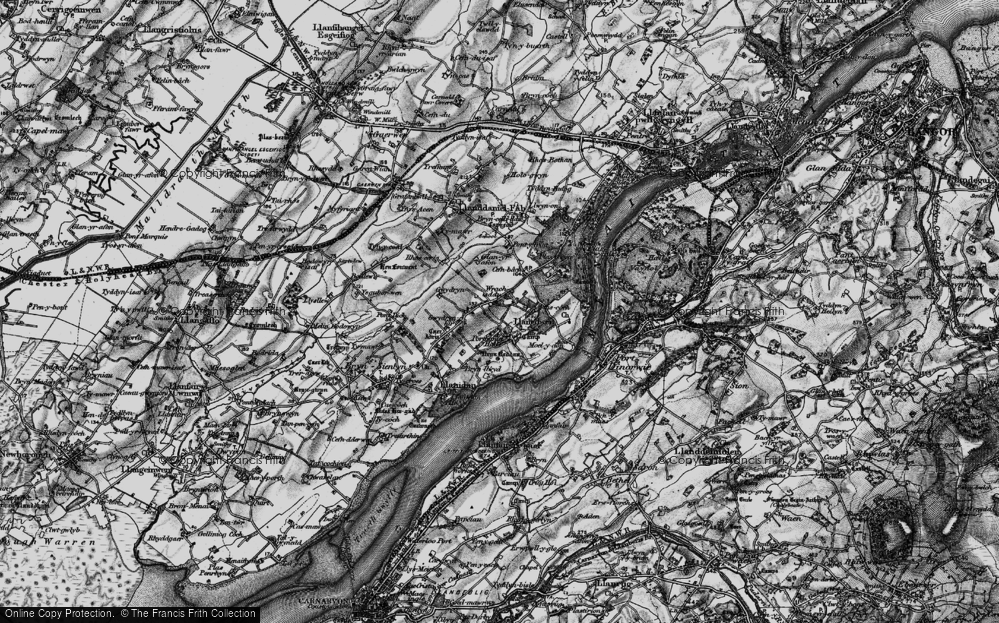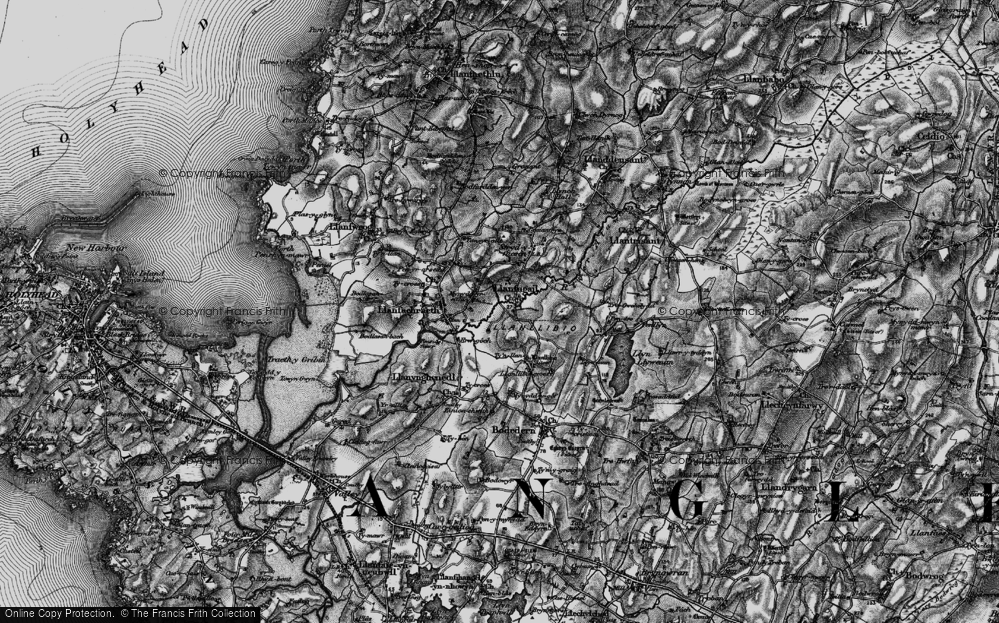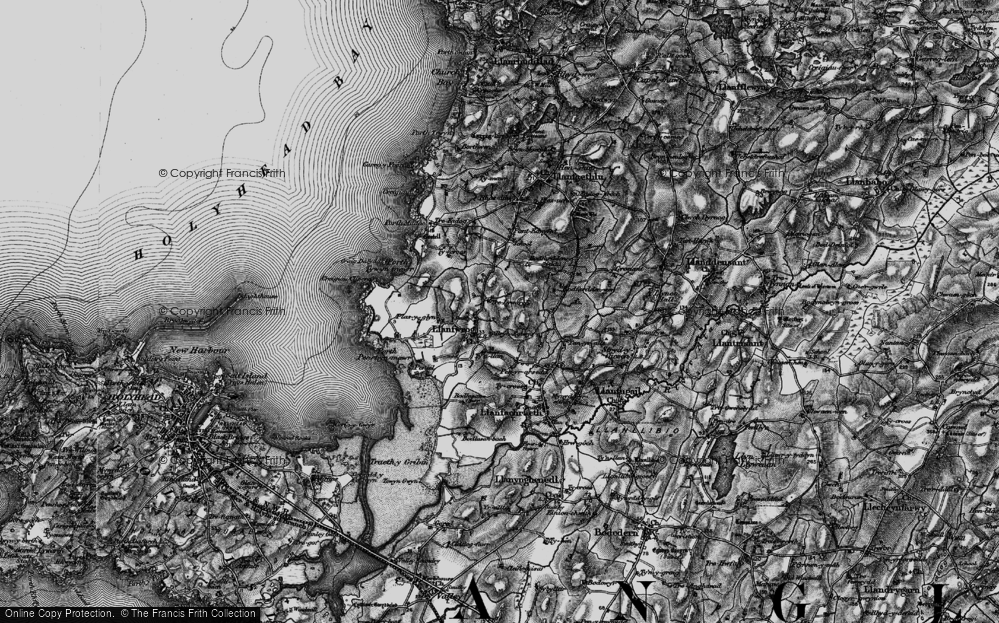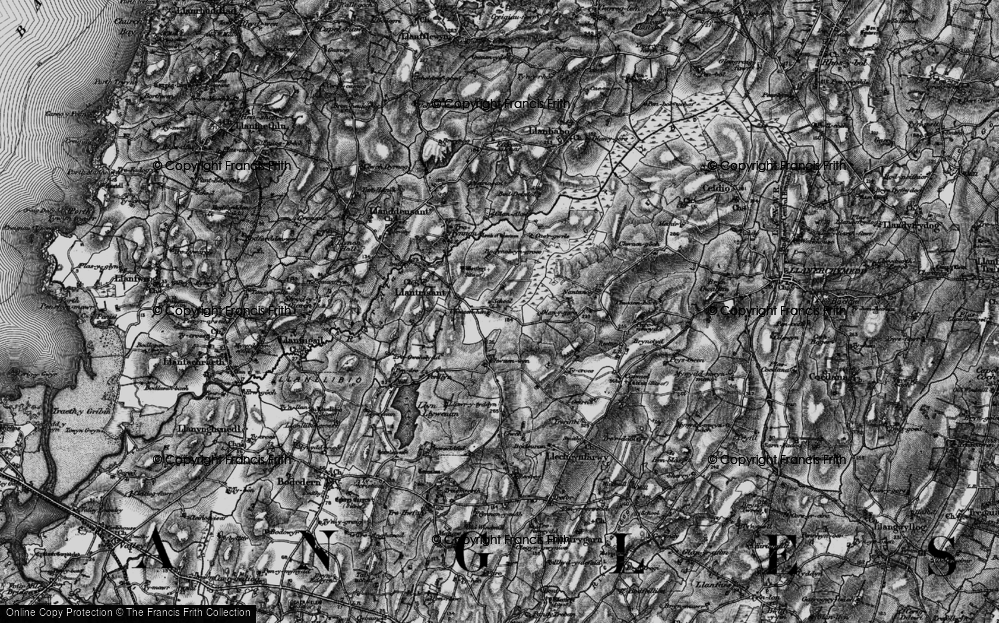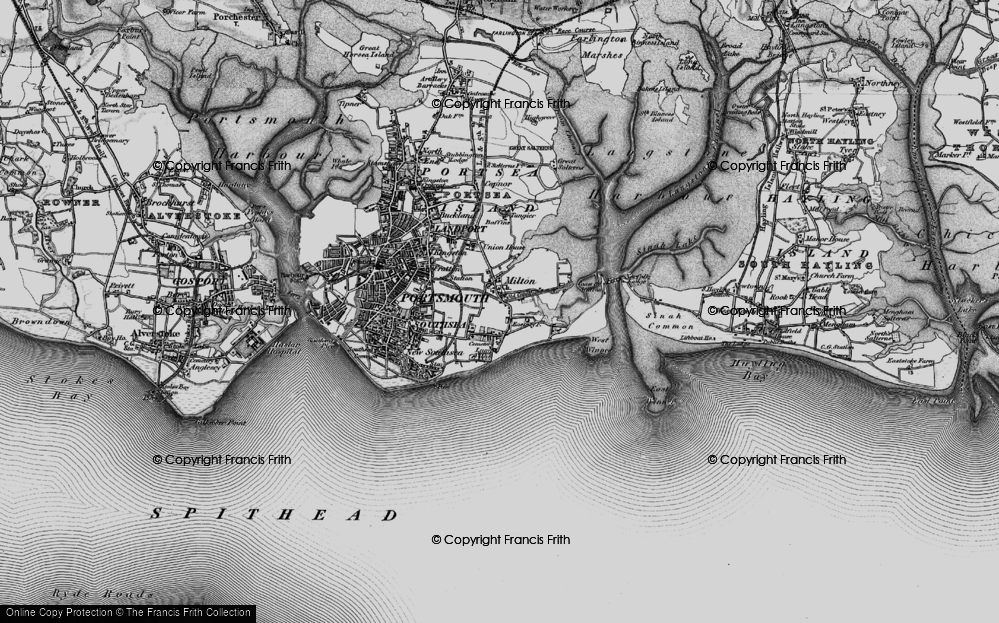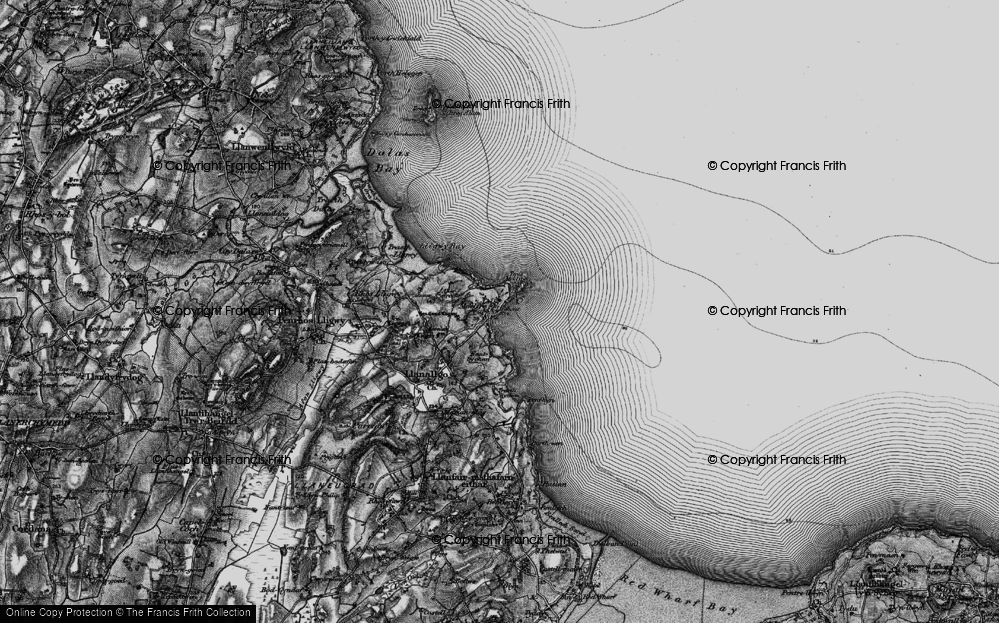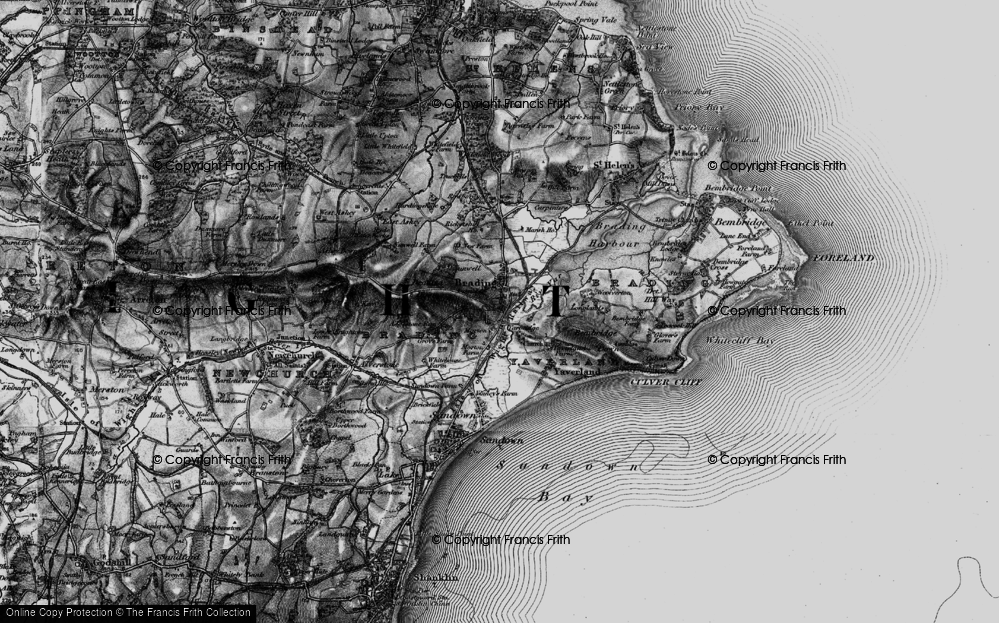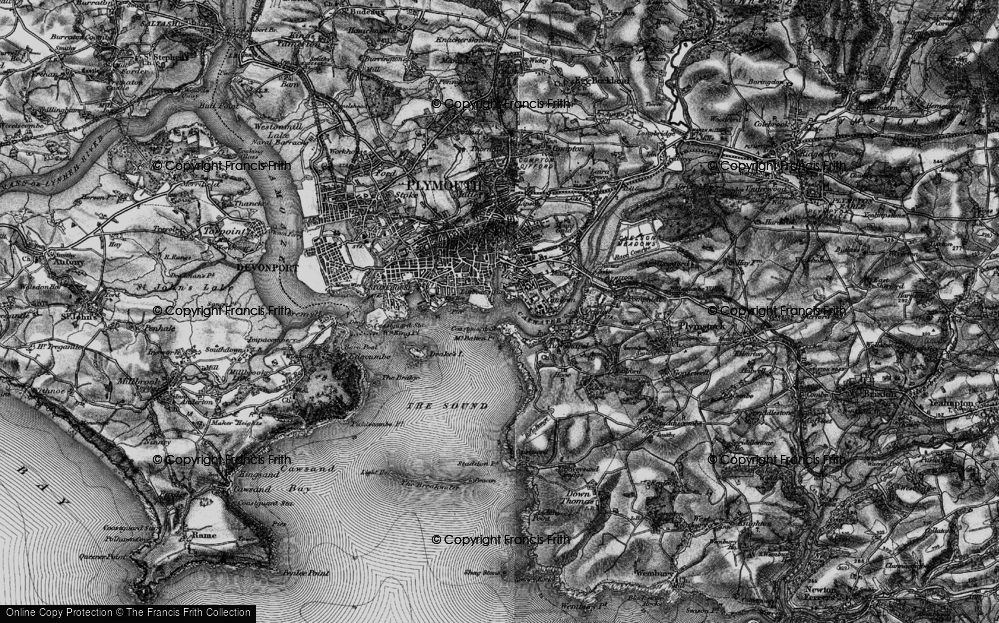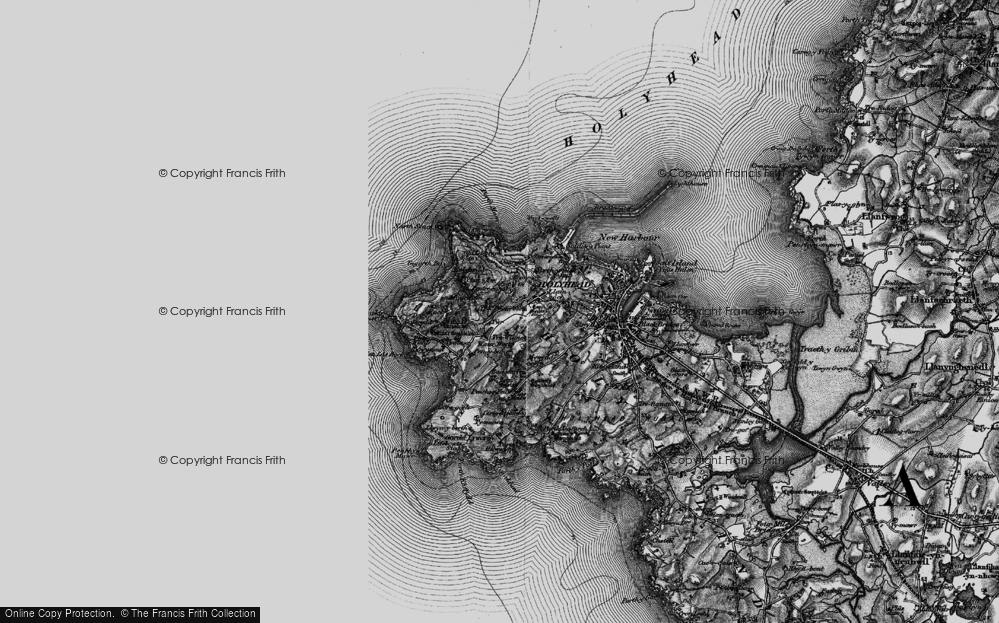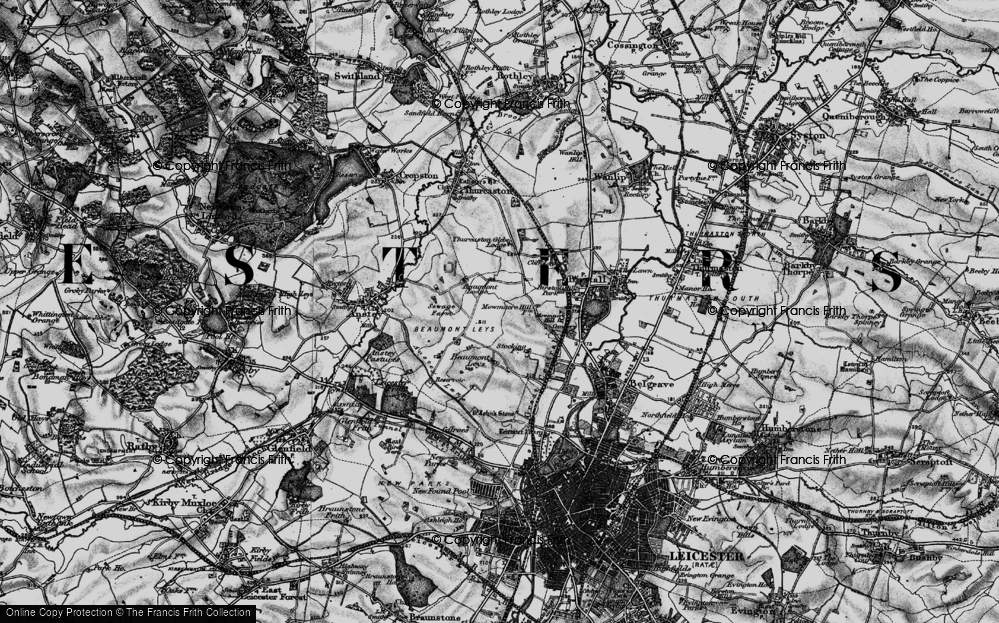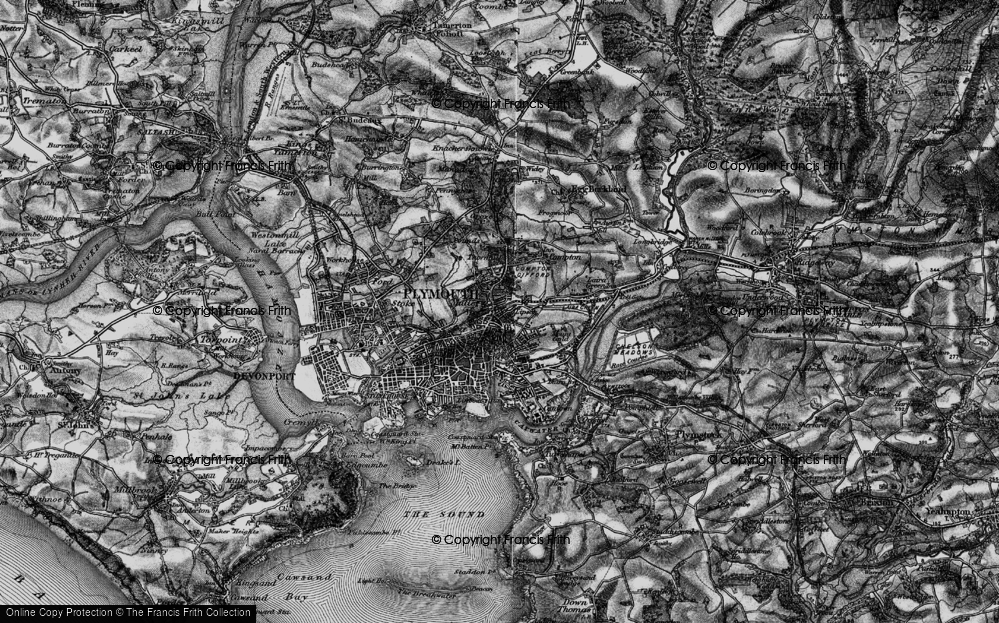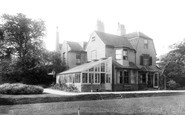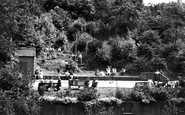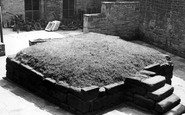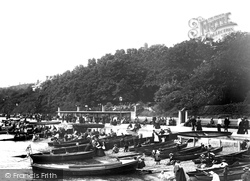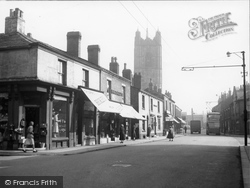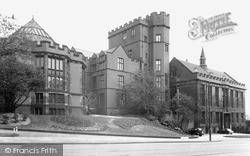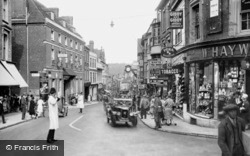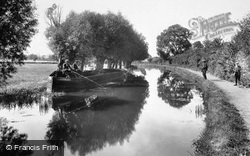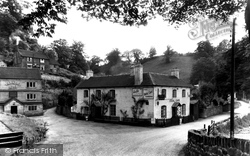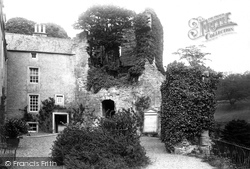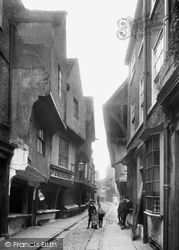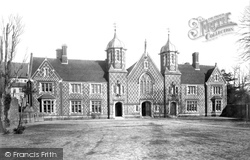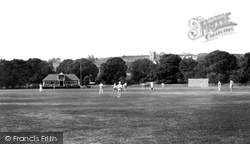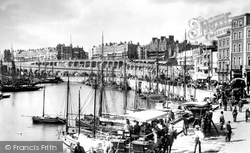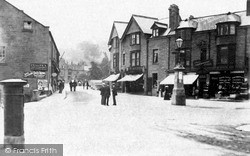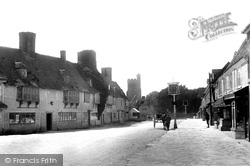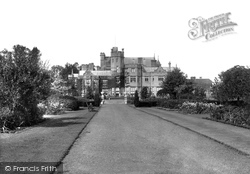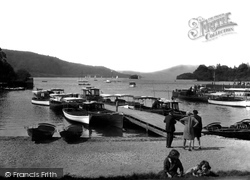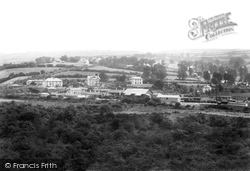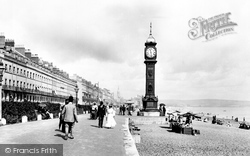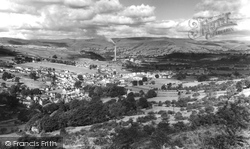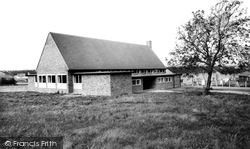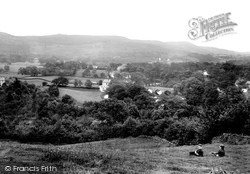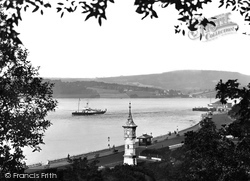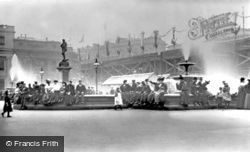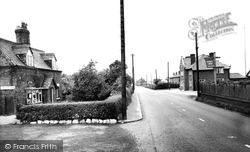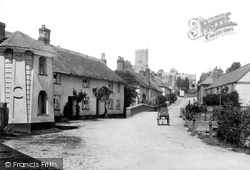Places
Sorry, no places were found that related to your search.
Photos
Sorry, no photos were found that related to your search.
Maps
7,034 maps found.
Books
163 books found. Showing results 3,145 to 3,168.
Memories
22,912 memories found. Showing results 1,311 to 1,320.
Terrible Place
I lived and went to school in Shotton Colliery, and hated the place. Luckily I realised that living there was not for me, so at the age of 16 I joined the RAF and was posted to Wiltshire, clean air, beautiful rolling downs, ...Read more
A memory of Shotton Colliery in 1950 by
I Lived Opposite When Fort House Was Bombed
I remember seeing the house before and after the bomb struck. The front of the house was demolished leaving just the front of the ground and first floor hanging there. At the time I lived opposite and the upper floors of our home collapsed as well.
A memory of Gravesend in 1945 by
Boyhood Days
My aunts and uncles lived in East Howle and I was a regular visitor around and before 1950. The two families lived opposite one another in what I think may have been "railway cottages" and my cousins totalled 9. In those days you ...Read more
A memory of East Howle
Woodlands Holiday Camp Swimming Pool
I was brought up in Kemsing at the foot of the Downs and we children would walk up to Woodlands Holiday Camp to swim for a shilling or so. On a fine weekend you could take your swimming things and some ...Read more
A memory of Sevenoaks in 1960 by
George Appleton
My great uncle lived with his family at 46 Park Browad in Landewednack. The family history suggests he and his family lived around here until a move to the Lizard. He was a doctor and 2 of his sons followed his profession and also ...Read more
A memory of Lizard in 1880 by
Simply The Best
My parents took us to Kilchattan Bay every year from the mid 1960s. As far as my sister and I were concerned we didn't want to go anywhere else but KB. Used to love climbing the Suidhe which was a ritual for all Glasgow ...Read more
A memory of Kilchattan Bay by
A Child In Kinghorn
I lived at 54 High Street, Kinghorn, Fife, Scoland, and went to school in Kinghorn and Burntisland. I remember the fish trains at night going to Burtisland and beyond and clanking up the hill as they came out of Kinghorn station. I also remember that it was double summer time.
A memory of Kinghorn in 1953 by
Gibbet Street
This used to be at the side of the old fire station where the metro club is now. It was moved to make way for the Aarchen way. I think they used it as a rubbish tip.
A memory of Halifax in 1969 by
Birth
I was born at USAF, Hospital, Burderdop Park, Chiseldon Highworth, Wiltshire, UK. I don't have any memories, but I do have a desire to find all I can. I wish to know as I have no memories. I have dreamed of going there, but cannot afford ...Read more
A memory of Chiseldon in 1956 by
John Francis Donald
Hi, my name is Jean. I have been doing my family history for a while now, but cannot find anything at all about my grandfather John Francis Donald. All I know is that he lived on the green and before that in the Coulton by the ...Read more
A memory of Gainford in 1920 by
Your search returned a large number of results. Please try to refine your search further.
Captions
9,654 captions found. Showing results 3,145 to 3,168.
The wooden jetty on the left would have been used at high tide. This photograph was taken long before the widening of the promenade.
In July 1889 Walter Davies, manager of a pawnshop in Market Street, was found dying from a stab wound to his neck.
These are the original university buildings at Western Bank, built between 1903 and 1905.
Policemen directing traffic at the top of the High Street in this late 1920s photograph. The George Hotel, on the left, was demolished in the 1950s to facilitate a road-widening scheme.
Here we see another peaceful scene taken at the same time as photograph 70592. The boat is a disused butty, and makes a fine perch for the anglers.
When W H N Nithersdale wrote his book on the Highlands of Staffordshire, he was impressed by the number of public houses in the village, all of which did a roaring trade during the summer months and at
Jonson was 45 years old when in 1618 he left London and walked the 400 miles to Scotland. At Darlington his shoes gave out, and he had to buy another pair.
The children pictured here have been captured forever in their innocence, looking at the photographer from a very dilapidated-looking Shambles.
Morris & Ebson constructed this gaudy building, of red brick and Bath stone, between 1849-51, in the style of Henry VII, whose mother Margaret, Countess of Richmond, founded the seminary
This quintessential English scene shows the Hythe Cricket Club at play.
Look at the crowds thronging this seaport in the year that the Thanet Electric Tramways & Lighting Company launched a new service between Margate, Ramsgate, and Broadstairs.
Now known as Crown Square, this busy junction at the centre of Matlock has always been the hub of the town.
The village is still celebrated on Easter Monday as the home of the Maids of Biddenden, Eliza and Mary Chulkhurst, two Tudor Siamese twins joined at the shoulders and hips, who lived for thirty-four
East Howe Lane (right) leads to Wimborne Road at Headless Cross. East Howe Congregational Hall on the corner displays a poster for YMCA Club events.
This slightly later view looks across what has become the motor launch area of the Bowness boat station.
The station buildings and goods sheds are at the junction between the main line and the Newquay branch.
The Parade was built in Georgian times as the fashionable residential quarter of the town. Near here, members of the royal family would stay during and after the reign of George III.
This view across Bradwell shows the prominent chimney of the Hope Valley Cement Works at Hope, a valuable source of employment for local people.
You could be forgiven for not recognising this building today. This is the original church facing Beanfield Avenue and Newark Drive.
Two lads enjoy the view from the hillside above Newby Bridge, the small village at the southern end of Windermere, with the low south Lakeland hills in the background.
Some, such as Lady Nelson, widow of the Admiral, never left. She lies buried in the churchyard at nearby Littleham.
This view, taken from the square of the National Gallery, was blocked by temporary wooden tiered seating erected for Queen Victoria's Diamond Jubilee procession to St Paul's Cathedral.
The Talbot Arms pub, the building on the right, has since been renamed the Tunnel Top. Crossing below the road at this point there is, in fact, a tunnel for the Trent and Mersey Canal.
East Budleigh's main street has changed little since this photograph was taken at the outbreak of the Great War.
Places (0)
Photos (0)
Memories (22912)
Books (163)
Maps (7034)


